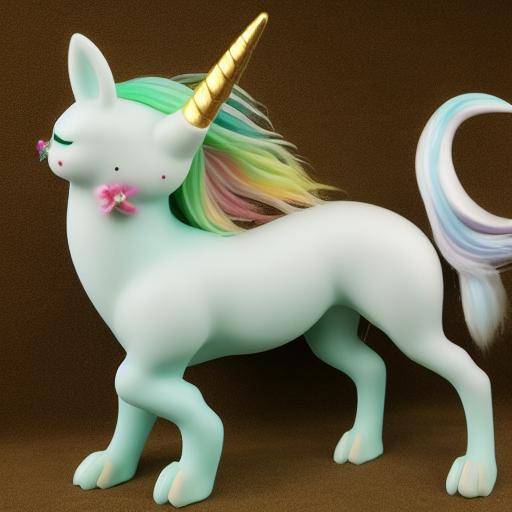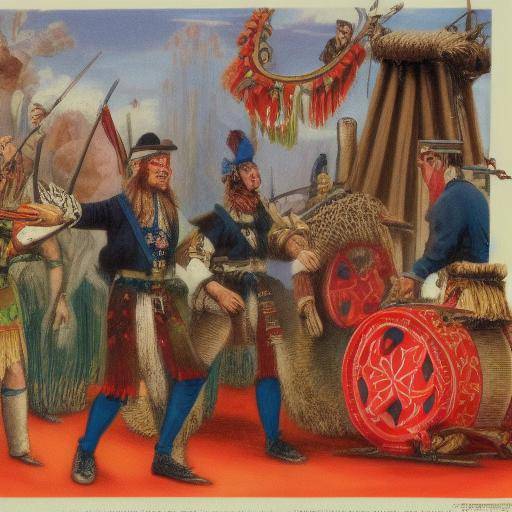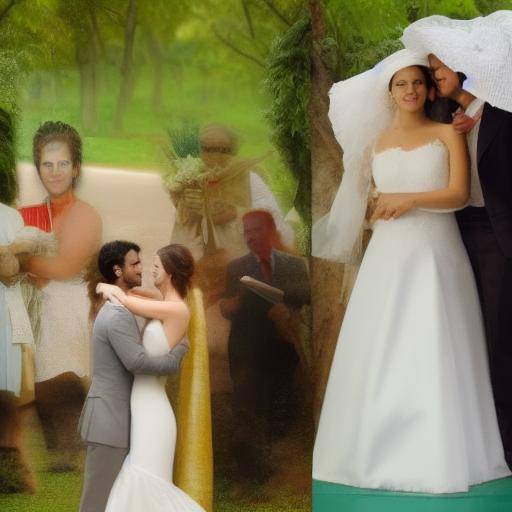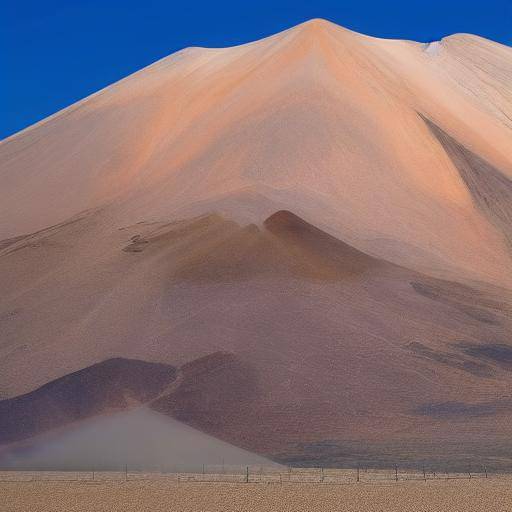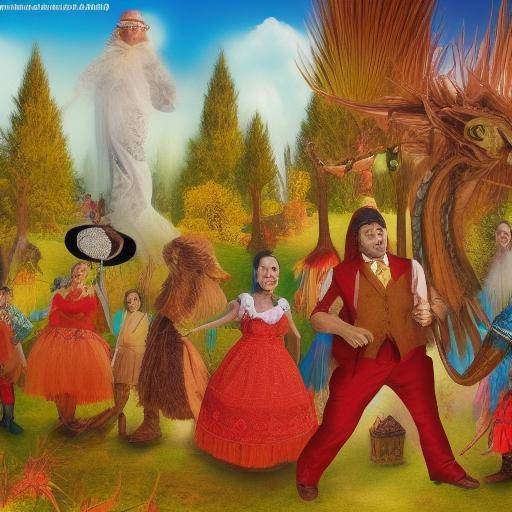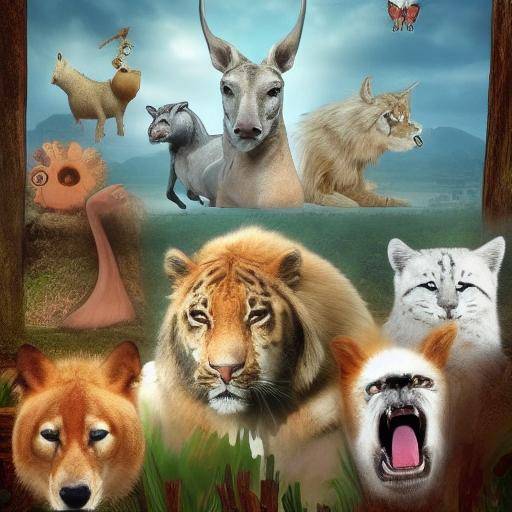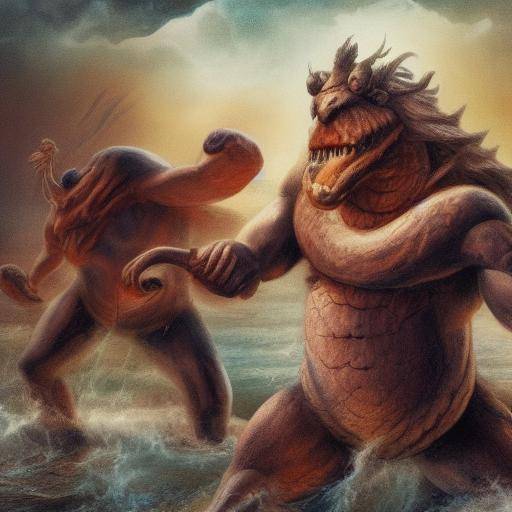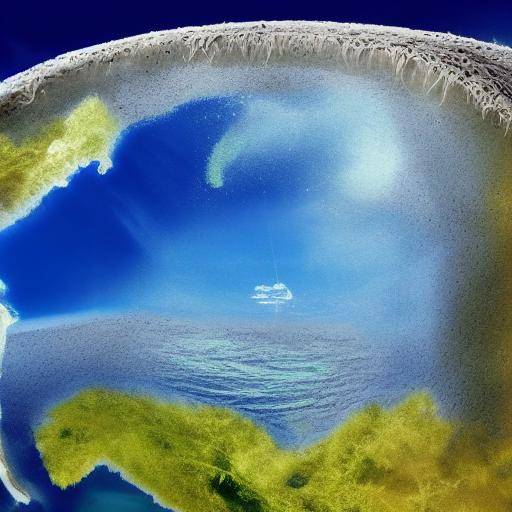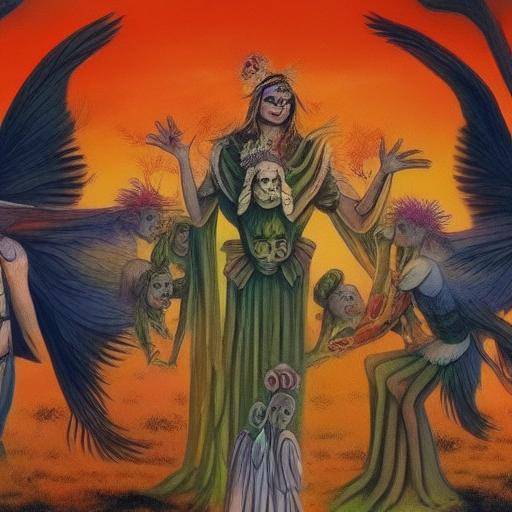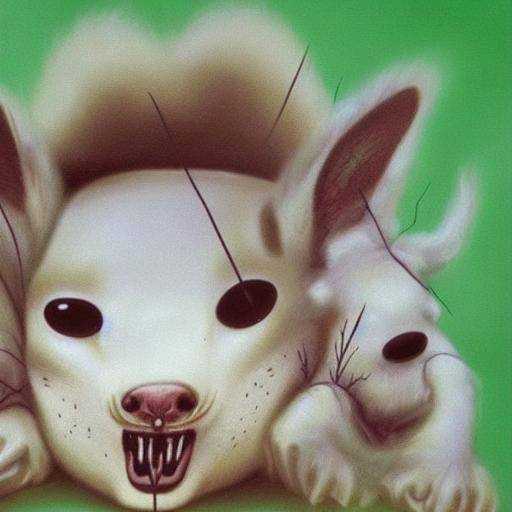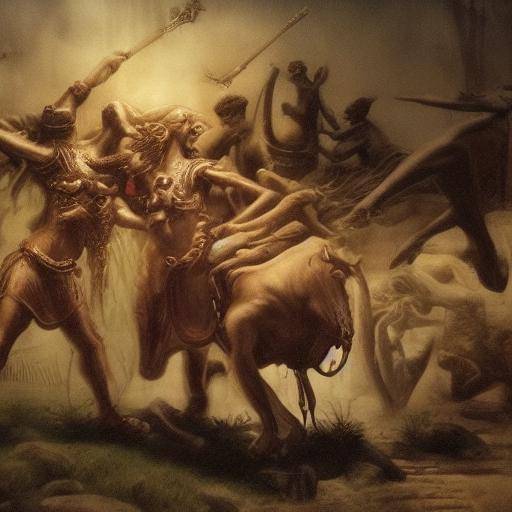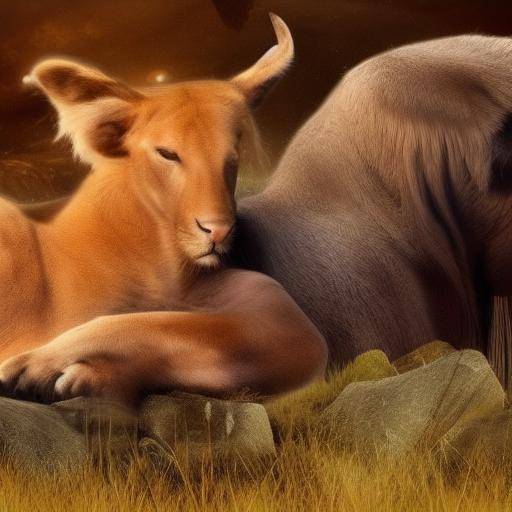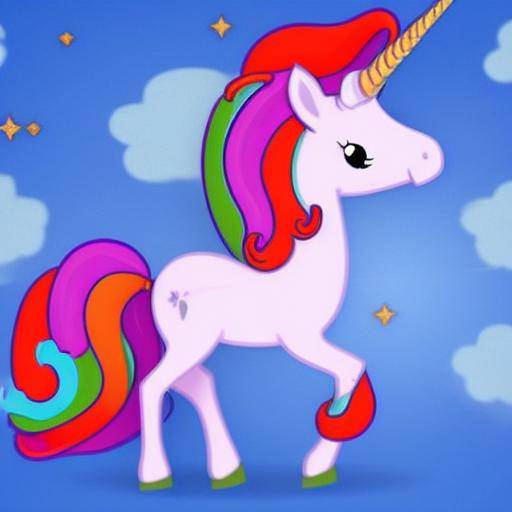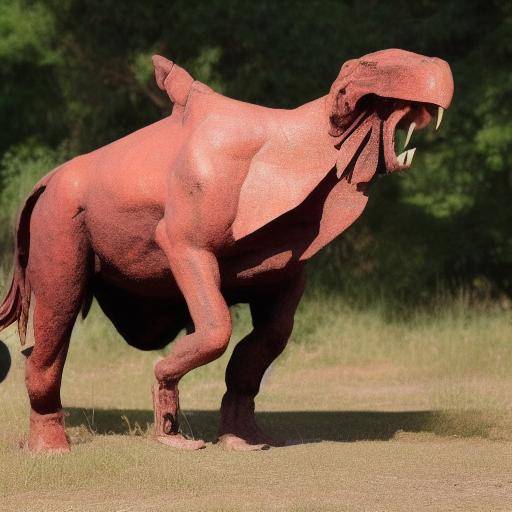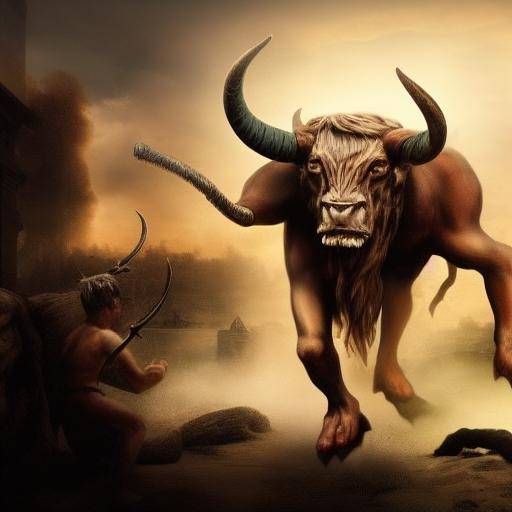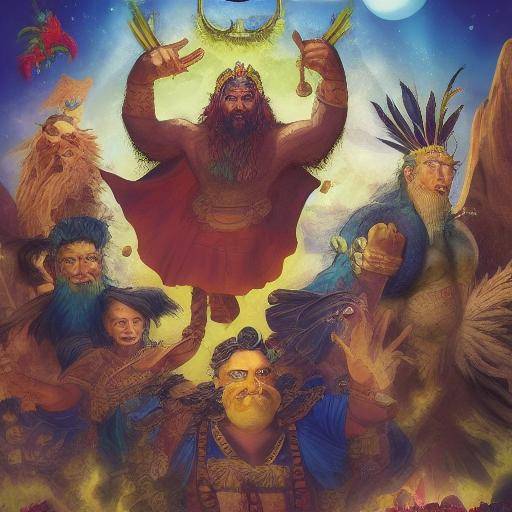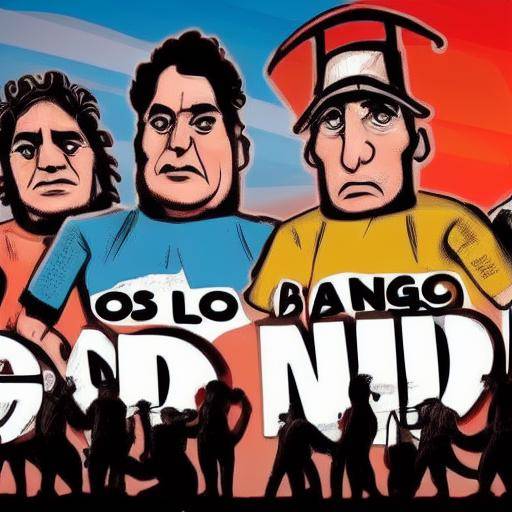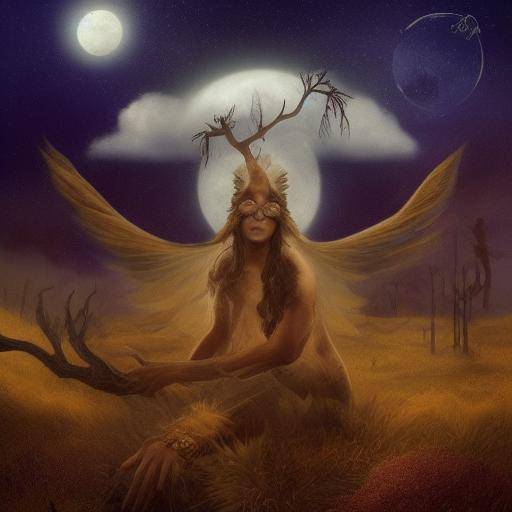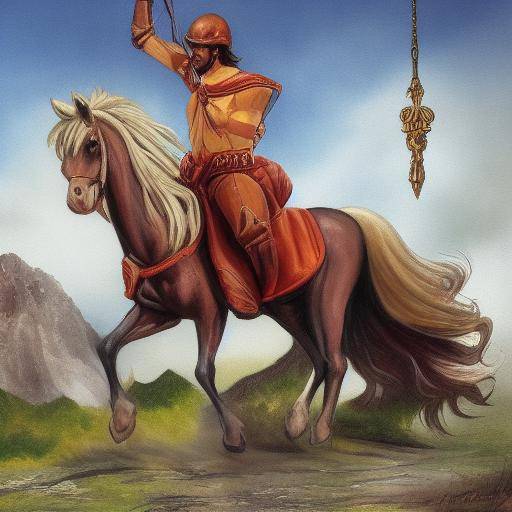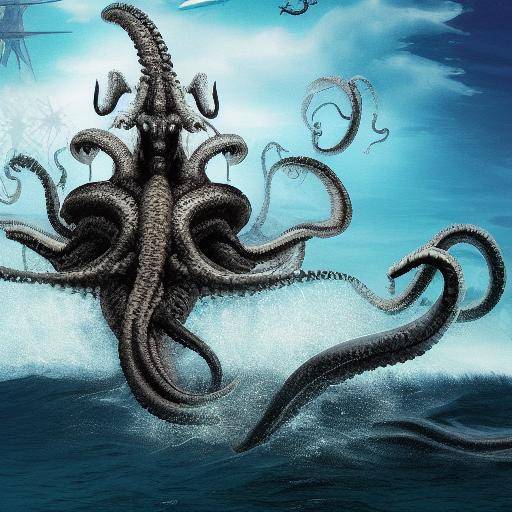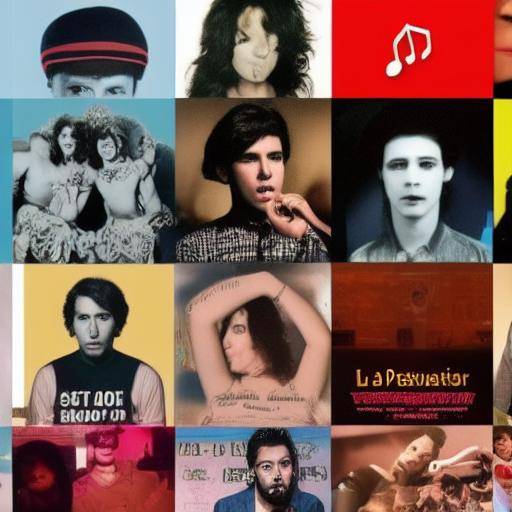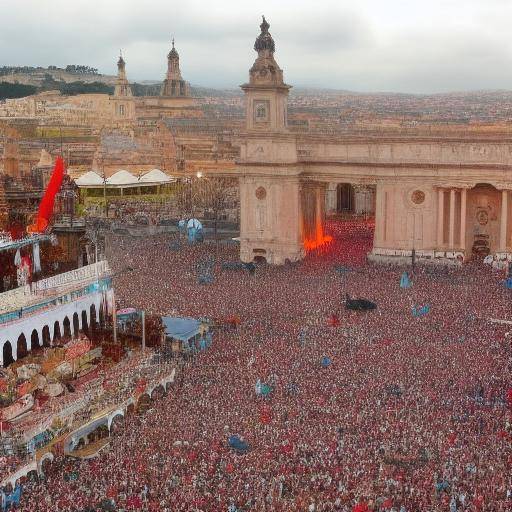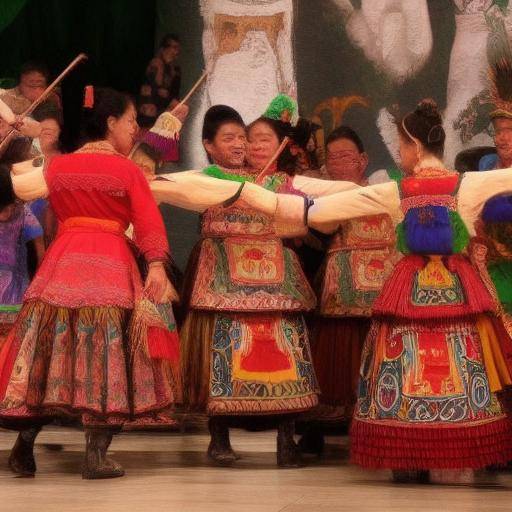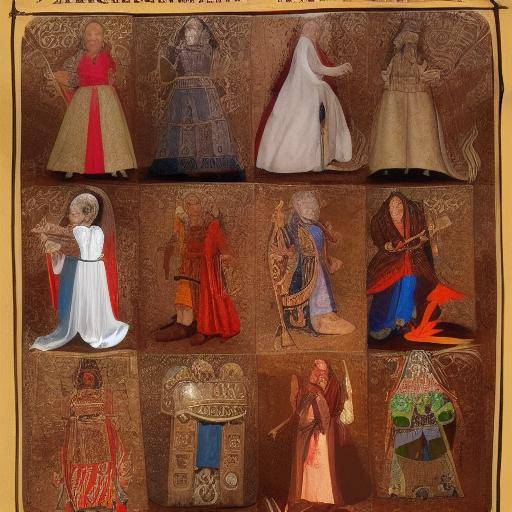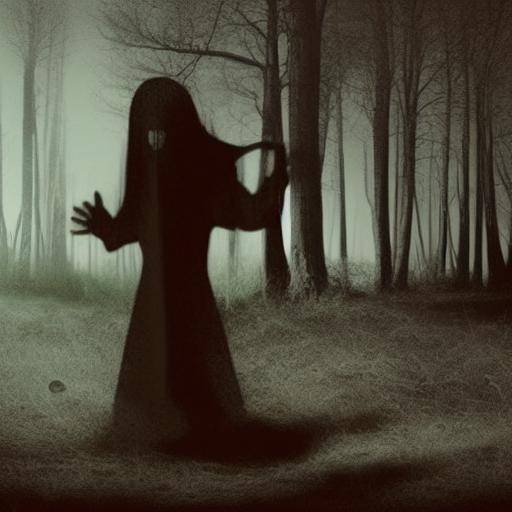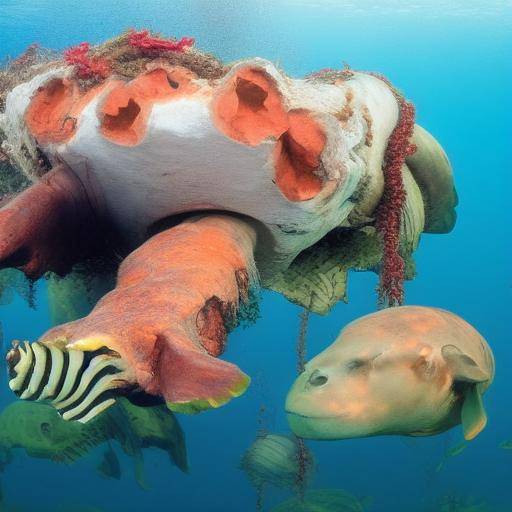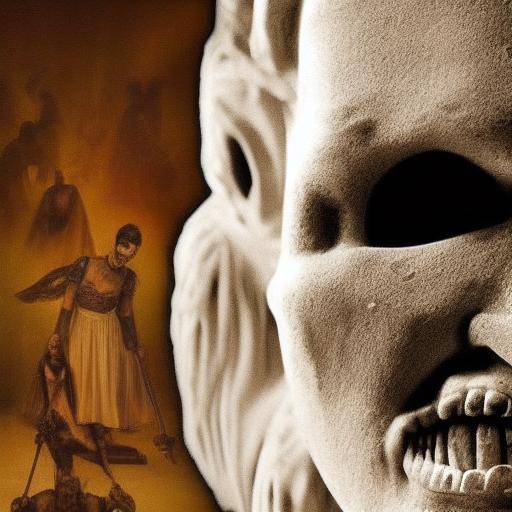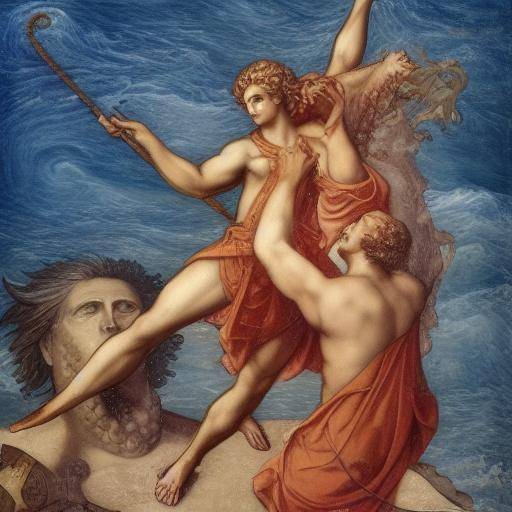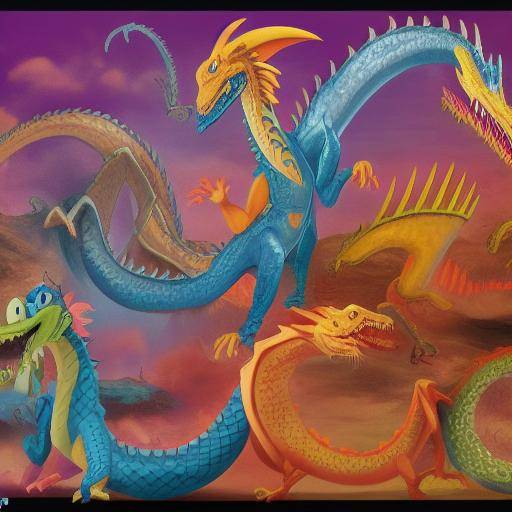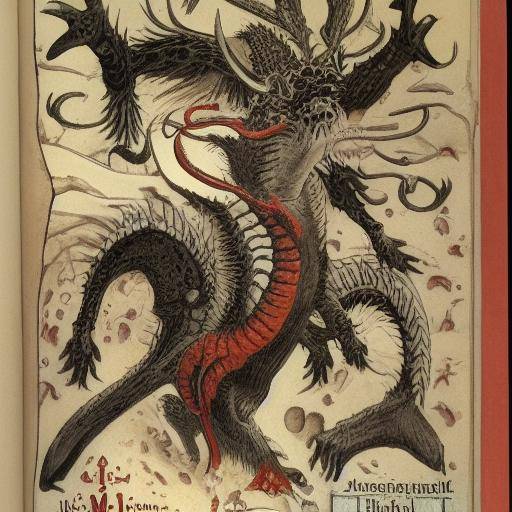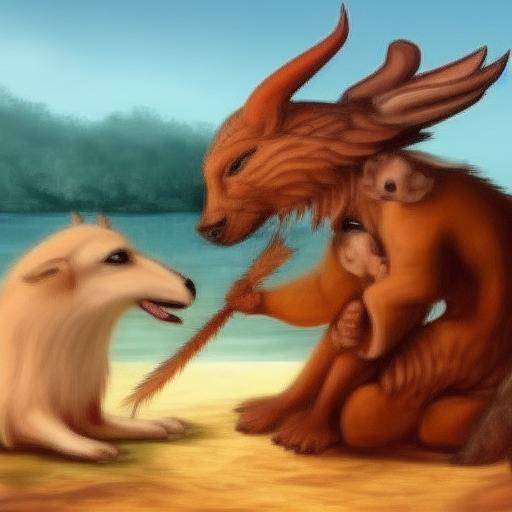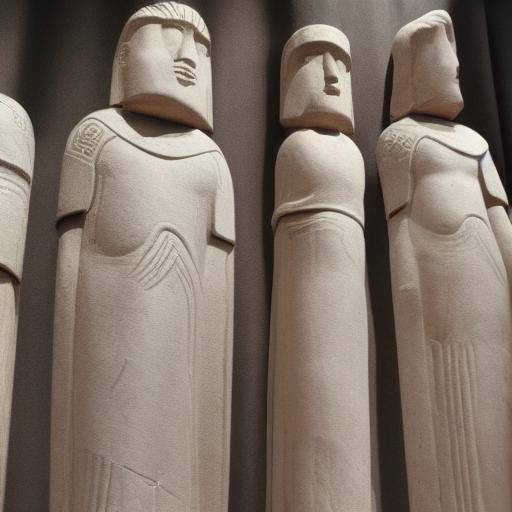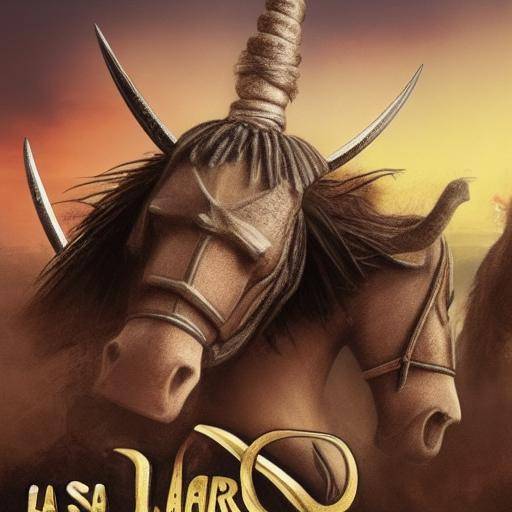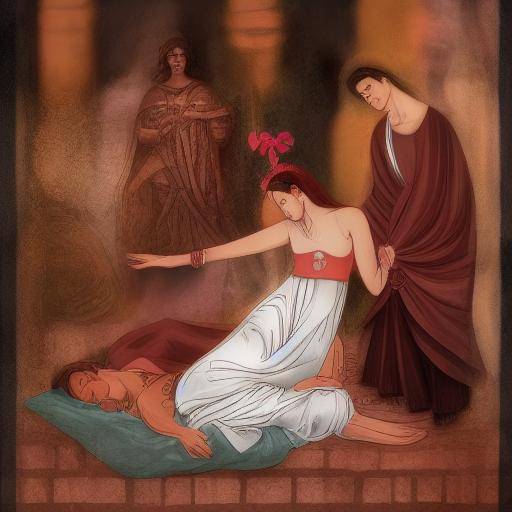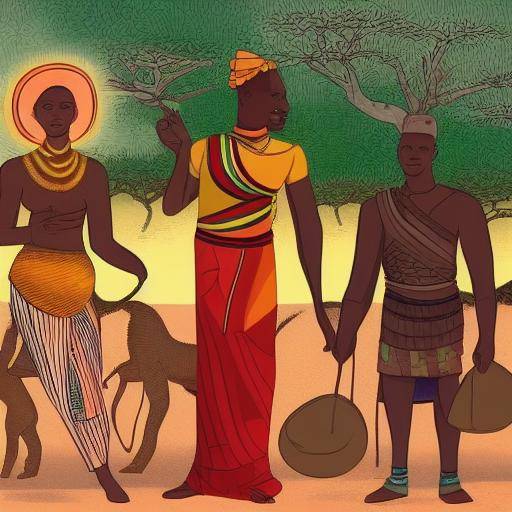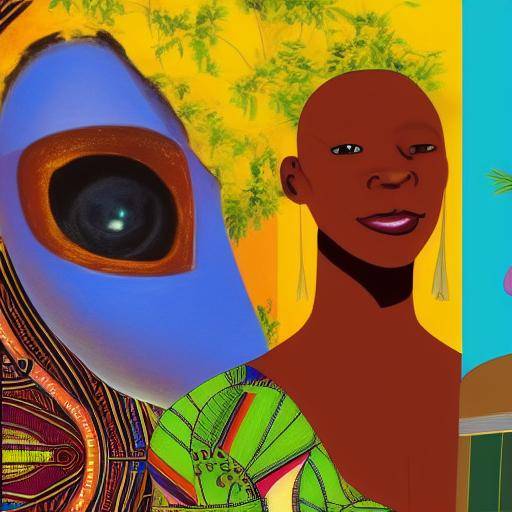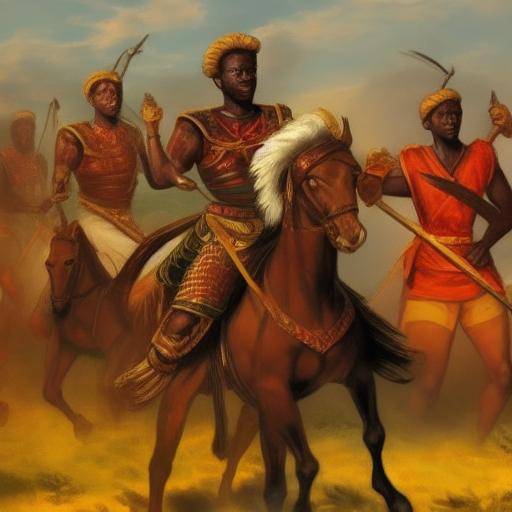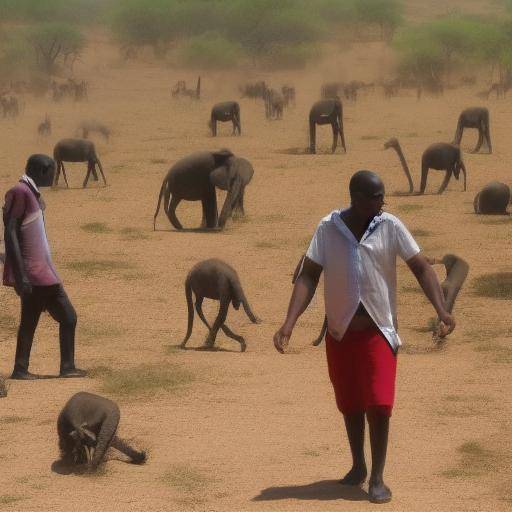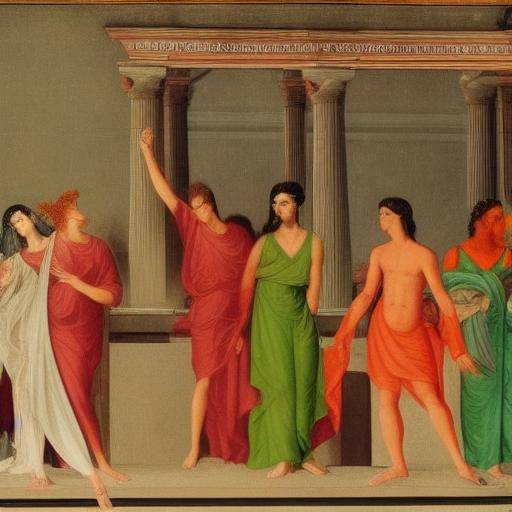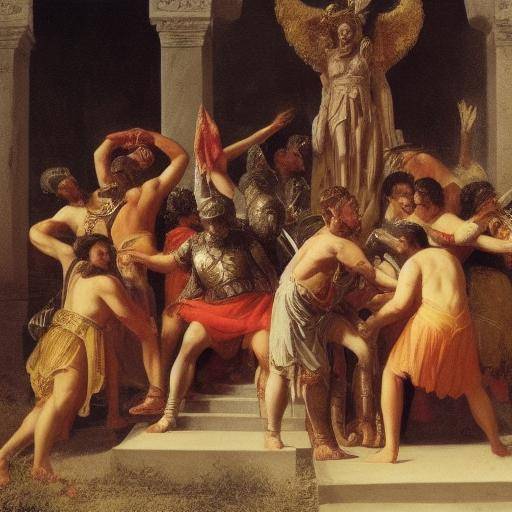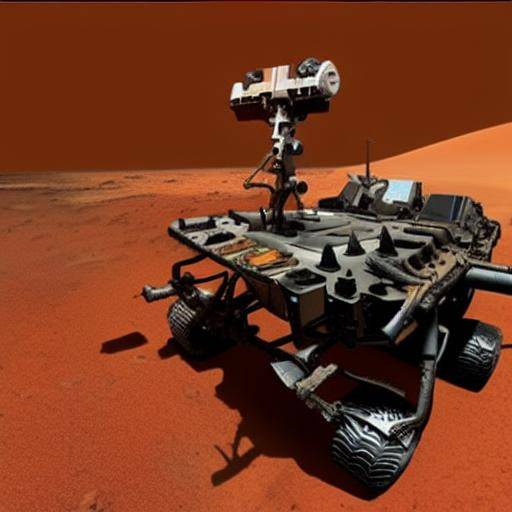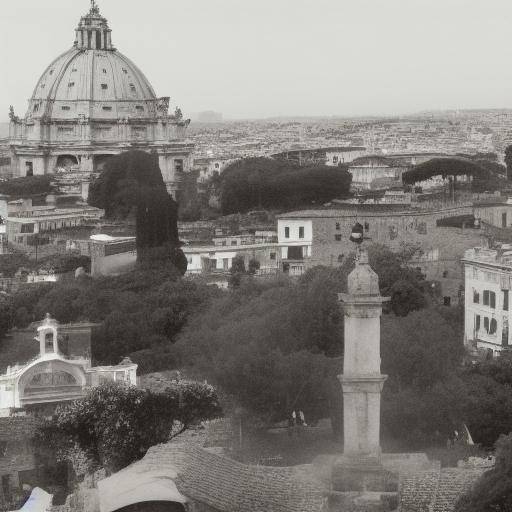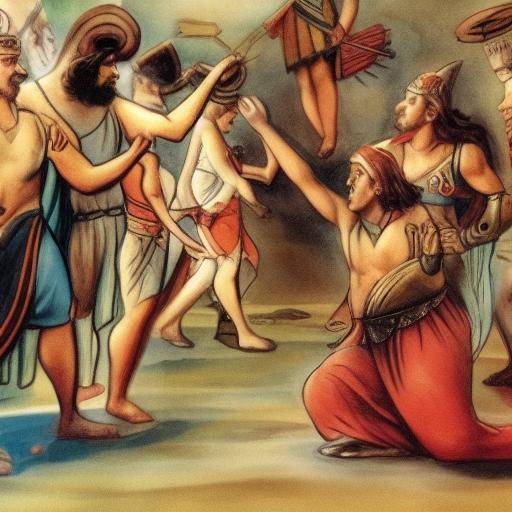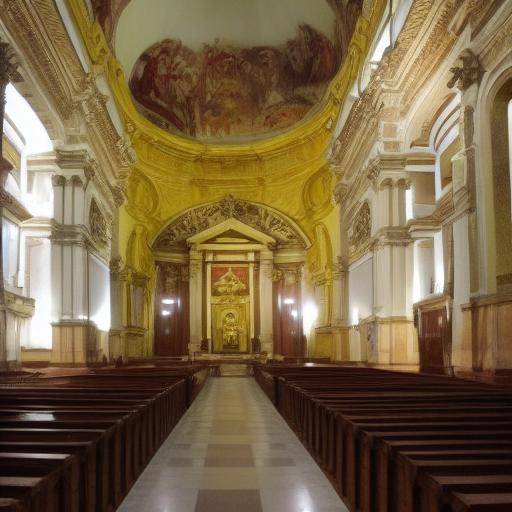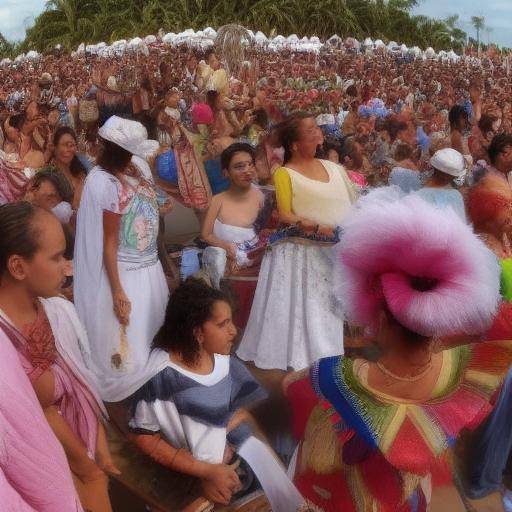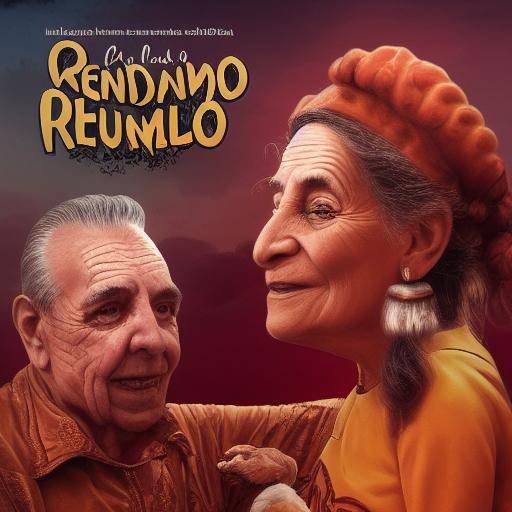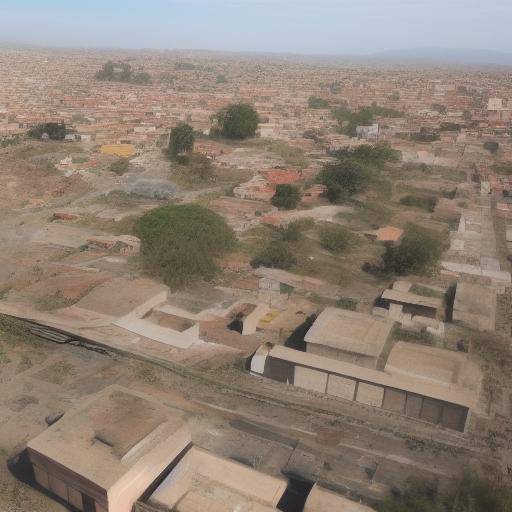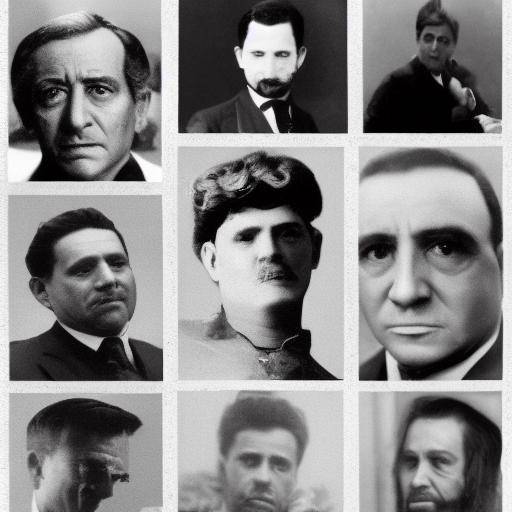
The mythical creatures have fascinated humanity throughout history. From mythological beings to legendary beasts, these creatures have played a crucial role in various cultures and mythologies around the world. In this article, we will explore the most famous mythical creatures in history, their historical context, and their relevance in mythology. From the majestic dragon to the enigmatic basilisco, you will discover the richness of these fascinating creations of human imagination.
Introduction
Mythic creatures have been an integral part of world history, from ancient civilizations to contemporary cultures. The legends and myths surrounding these creatures have endured over time, influencing literature, art, religion and popular culture. In this article, we will explore in depth some of the best known mythical creatures, their origin and their impact on history and mythology.
History and Background
Mythic creatures have roots that go back to antiquity, where they were venerated, feared or revered by ancient societies. In different cultures, these creatures symbolized specific qualities and values, and their presence in mythology reflected important aspects of the worldview of civilizations. From the ferocious minotaur in Greek mythology to the mysterious phoenix in Egyptian mythology, each mythical creature had a unique meaning in its cultural context.
Dragon
The dragon is one of the most emblematic and omnipresent mythological creatures in the world. In Chinese mythology, the dragon symbolizes power, nobility and good fortune, being considered an auspicious deity. On the contrary, in European mythology, the dragon was feared as a master of destruction and greed, symbolizing evil forces that should be defeated by brave heroes.
Kraken
The kraken, a legendary creature of marine depths, has been a recurring element in Nordic stories and legends. Described as a sea monster of colossal proportions, the kraken sowed fear in the sailors of antiquity. Its influence on Nordic mythology and its representation in literature and cinema have consolidated its place as one of the most fascinating marine creatures in cultural history.
Phoenix
In Egyptian mythology, the phoenix represents resurrection and renewal. It is said that the phoenix reborns from its own ashes, symbolizing the immortality and eternal cycle of life. This mythical creature has transcended cultural borders, finding its place in Greek mythology and other traditions, where its symbolism endures as an icon of hope and transformation.
Analysis in Deep
Mythic creatures have left an indelible mark on history, influencing the way societies have interpreted the world around them. His presence in mythology has provided a lens through which fundamental issues such as good and evil, heroism and betrayal, nature and civilization are explored. Moreover, its legacy persists in contemporary culture through literature, cinema, video games and other means of entertainment.
Benefits of Mythical Creatures
The study of mythical creatures provides a deeper understanding of the beliefs, values and fears of ancient civilizations, offering a unique vision of their cosmovision and their collective imagination. In addition, mythical creatures continue to inspire artistic and literary creativity, serving as an inexhaustible source of fantastic stories and memorable characters.
Challenges in the Study of Mystic Creatures
Although mythical creatures awaken a universal interest, their interpretation and meaning can vary considerably according to the cultural context, which poses challenges in the precise interpretation of their role in different mythologies. Moreover, the evolution of mythical creatures over time and their adaptation to new narratives and means of expression pose challenges in preserving their authenticity and original meaning.
Current Trends in the Study of Mystic Creatures
At present, the academic study of mythical creatures has experienced rebirth, with scholars and experts exploring new interdisciplinary perspectives to analyze the role and relevance of these creatures in contemporary culture and society. Through multidisciplinary approaches, a more nuanced and profound understanding of its influence on history and mythology has been achieved.
Comprehensive review
The mythical creatures have not only left a mark in the realm of mythology, but have also found their way in various aspects of popular culture and creative sphere. From the incorporation of mythical creatures in fashion and urban fashion to their representation in marketing and advertising, these fantastic figures continue to exert a lasting attraction in the collective imagination.
Relevance in Popular Culture
Mythic creatures have influenced popular culture in various ways, from the creation of international franchises to the inspiration of avant-garde artistic movements. His presence in popular culture has nurtured a vast universe of narratives, characters and symbols that continue to fascinate audiences of all ages and cultural backgrounds.
Impact on Literature and Art
The presence of mythical creatures in literature and art is undeniable, finding their representation in classical and contemporary works. From the homérica epopeyas to the contemporary fantastic sagas, mythical creatures have been a source of inspiration for writers, artists and creators, enriching the cultural landscape with their imposing presence and passionate narratives.
Media Exploration
Mythic creatures have found a solid niche in the entertainment industry, inspiring movies, television series, video games and other interactive media. Its incorporation into entertainment products has expanded its scope and contributed to keeping alive the tradition of mythological narratives, offering new interpretations and perspectives on these legendary beings.
Futures
The legacy of mythical creatures continues to evolve in the digital era, where interactivity and narrative immersion allow a more dynamic and participatory exploration of these mythical figures. As technology continues to transform the narrative and experience of the public, mythical creatures will continue to play a crucial role in collective imagination and in the creation of fictitious worlds.
Comparative analysis
Mythic creatures, history and mythology are intrinsically intertwined, sharing thematic similarities and a deep connection with human imagination and artistic expression. Through a comparative analysis, the links and parallels between these thematic areas are revealed, offering a nuanced and enriching view of the relationship between mythical creatures, history and mythology.
Thematic parallels
Both history and mythology share a predilection by epic narratives, legendary heroes and transcendental conflicts, elements that are also fundamental in the stories that revolve around mythical creatures. This thematic convergence underlines the interconnection between these areas, revealing the pervasiveness of certain motives and archetypes in human imagination over time.
Significado Cultural
The presence of mythical creatures throughout history and mythology reflects the importance of narrative and fantasy in the configuration of cultural identity and the cosmovision of societies. The narratives involving mythical creatures not only serve to entertain, but also transmit values, traditions and beliefs rooted in a culture, thus connecting the past with the present and projecting towards the future.
Artistic expression
Both history and mythology, as well as narratives covering mythical creatures, have been inexhaustible sources of inspiration for artists, writers and creators over the centuries. The artistic representation of these themes has generated masterpieces of literature, painting, sculpture and other forms of artistic expression, demonstrating the lasting durability and attractiveness of these themes for human creativity.
Impact on Cultural Identity
The presence of mythical creatures in history and mythology has shaped the cultural identity of different societies, enriching the collective cultural heritage and establishing deep connections between generations. These mythical narratives have influenced the construction of founding myths, traditional values and even the understanding of the relationship between humanity and the natural world.
Practical Tips and Accessible Tips
For those interested in further exploring the vast world of mythical creatures, history and mythology, here are some practical tips and concrete actions to immerse themselves in these fascinating themes. Whether through reading, academic research or participation in specialized communities, there are numerous ways of getting into these fields of knowledge.
Recommendations for Exploration
- Reading of Myths and Legends: Dive into mythological traditions of different cultures through collections of myths and legends, exploring the diversity of mythical creatures and their meaning in specific cultural contexts.
- Participation in Cultural Events: It attends exhibitions, conferences and events related to mythology and mythical creatures to first-hand know contemporary interpretations and recent research.
- Academic Research: Explore academic studies on mythology and mythical creatures to gain a deeper understanding of their historical context and their impact on different disciplines.
Actions for Creation
- Artistic Creation: Experience with artistic creation inspired by mythical creatures, using different means such as writing, illustration, sculpture or photography to express your personal interpretation of these legendary figures.
- Narration of Tales: Participate in storytelling activities or creative workshops that invite you to explore and share stories related to mythical creatures, fostering imagination and oral expression.
- Participation in Communities: Join online communities or local groups dedicated to the study and appreciation of mythology and mythical creatures to exchange ideas, discover new perspectives and connect with related people.
Conclusions and FAQs
Conclusions
Mythic creatures have left an indelible mark on history, mythology and popular culture, inspiring generations with their powerful presence and rich symbolism. His legacy endures as a testimony of human imagination and its ability to create fantastic universes that transcend time and space. Exploring these mythical creatures invites us to reflect on the mysteries of human existence and to appreciate the diversity of perspectives that enrich our understanding of the world around us.
Frequently asked questions
What is the most famous mythical creature in history?
The figure of the dragon is one of the most famous and omnipresent mythical creatures in mythologies around the world, symbolizing power, nobility and mystery in different cultures.
What do mythical creatures have in contemporary culture?
The mythical creatures continue to exert a significant influence on contemporary culture, inspiring artistic, literary and cinematographic creation, as well as being employed as symbols in fields as diverse as fashion, advertising and marketing.
How has the representation of mythical creatures evolved over time?
The representation of mythical creatures has experienced great evolution throughout history, adapting to cultural and technological changes. From traditional artistic representations to contemporary reinterpretations in audiovisual media, these creatures have continued to captivate human imagination over the centuries.
What lessons can be learned from narratives involving mythical creatures?
Narratives involving mythical creatures can teach valuable lessons about human nature, the struggle between good and evil, the importance of courage and overcoming, as well as the need to preserve harmony with the natural world.
How can I deepen my knowledge of mythical creatures and mythology?
You can deepen your knowledge by participating in academic conferences, reading specialized studies, exploring collections of myths and legends, and connecting with communities interested in mythology and mythological narratives.
What is the role of mythical creatures in contemporary literature and art?
The mythical creatures continue to play a relevant role in contemporary literature and art, serving as sources of inspiration for writers, artists and creators of various disciplines, thus contributing to the wealth and diversity of the current cultural landscape.
What future does the mythical creatures stand in the digital era?
In the digital era, mythical creatures will continue to play a significant role in creating fictional worlds in digital media, video games and virtual reality, offering new ways of interacting and exploring these fascinating figures of collective imagination.
In short, mythical creatures have played a momentous role in history, mythology and human imagination, offering a unique window to the complexities of human nature, society and the relationship with the natural world. Exploring these legendary figures invites us to reflect on our own cultural roots, to appreciate the diversity of perspectives that enrich our understanding of the world around us and to celebrate the perpetual human capacity to shape the imaginative universes that endure over time.

